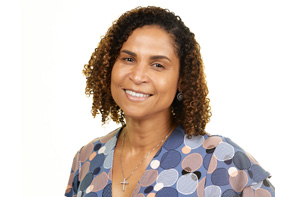Partnering with Health Systems
Of course, our healthcare organizations are also responsible for actively promoting health equity in our communities. Health systems and physician groups have the resources and clout to effect change on a wider, systemic level. And it’s sometimes easy to forget that they need and want our help in that mission.
Clinicians are every health system’s greatest health equity asset. You are the face of the organization and closest to its patients. You understand the barriers that keep many patients from getting the high-quality, compassionate care they deserve. So your participation is crucial to fulfilling the organization’s mission.
So how can you partner with your health system? First, I encourage you to engage with DEI initiatives across your organization. For example, Vituity is currently piloting Health Equity Rounds, which foster conversation around disparities and health equity at our practice sites. You could also consider joining a DEI committee or affinity group, offering educational opportunities, or volunteering for initiatives like street medicine.
Consider also that one of the most effective ways health systems can fight disparities is through community partnerships. Do you have connections to a nonprofit or community organization that can help to address health-related needs? If so, you might be the bridge your organization needs to extend its impact.























